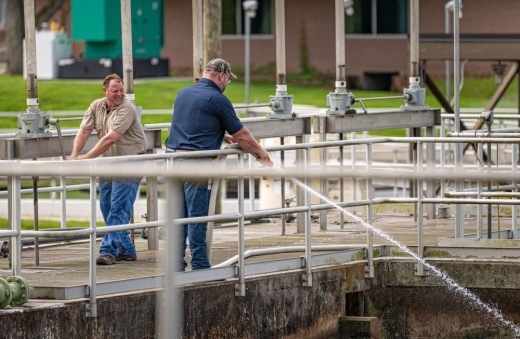The details: The projects have been divided into the service areas for the SJRA, with The Woodlands having the biggest set of projects over the next several years. Here are some of the biggest projects coming in the next few years for each division.
Lake Conroe:
- $5.89M in maintenance facility improvements and service outlet work
- $5.05M in soil cement and spillway replacement and repairs
- $29.65M in siphon and levee repairs and improvements, and main canal repairs
- $226.17M for a wastewater treatment facility
- $47.16M for conveyance studies for gravity sewer lines
- $28.8M for Panther Creek water line replacement
- $22.04M for North Town Center water line replacement
- $10.94M for a Town Center water line replacement
- $34.02M in other projects
What to expect: According to Ed Shackelford, director of operations for the SJRA, a large portion of the project will have to be funded through 25- to 30-year long-term debt, which will be passed on to users through fee increases. The fee increases will be based on the interest rate the SJRA can achieve on any loans or bond issues, and will vary as the projects roll out, he said.
SJRA officials said they are looking at other low-interest funding from the state and federal government through the Texas Water Development Board and the Environmental Protection Agency’s Water Infrastructure Finance and Innovation Act.





